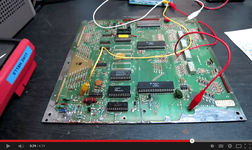I love the smell of a fresh shop log in the morning!
They said it would happen. And it did. You can't buy just one pinball machine. It always leads to others. But now I've filled my humble pinshack to capacity! So, he she is, my 1983 Bally GOLD BALL:
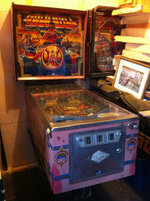
No idea really what states she's in mechanically or electrically (I seem to have started referring to GOLD BALL as "she" - looks like she's a girl, then). A quick look reveals everything to be there. Playfield looks good, no missing parts or obvious major damage. Not found the gold ball yet. Itching to get the MPU on the test bench...
They said it would happen. And it did. You can't buy just one pinball machine. It always leads to others. But now I've filled my humble pinshack to capacity! So, he she is, my 1983 Bally GOLD BALL:

No idea really what states she's in mechanically or electrically (I seem to have started referring to GOLD BALL as "she" - looks like she's a girl, then). A quick look reveals everything to be there. Playfield looks good, no missing parts or obvious major damage. Not found the gold ball yet. Itching to get the MPU on the test bench...

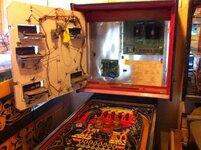
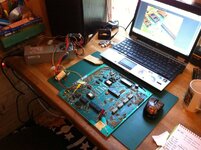

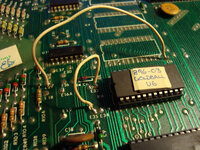
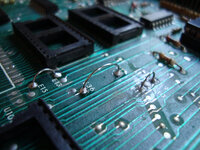
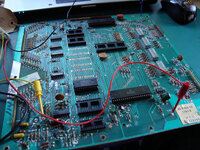
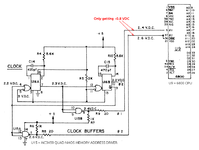
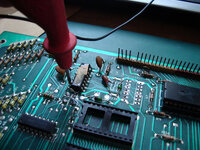
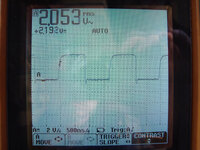
![$_12[1].JPG $_12[1].JPG](https://www.pinballinfo.com/community/data/attachments/10/10236-6bd4813a2a709c7bfdfff1b81f961a49.jpg?hash=a9SBOipwnH)
